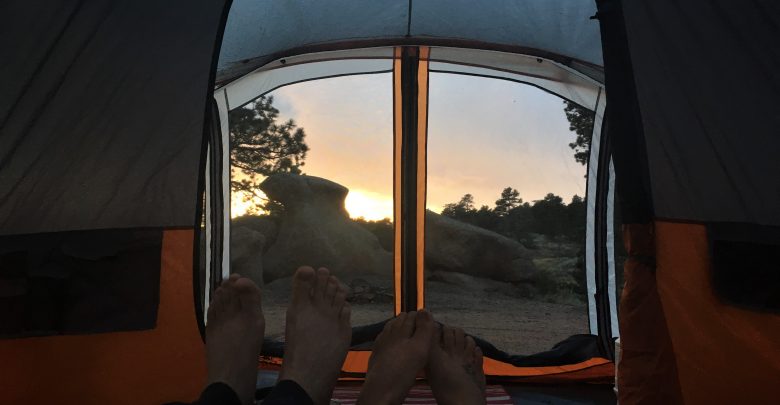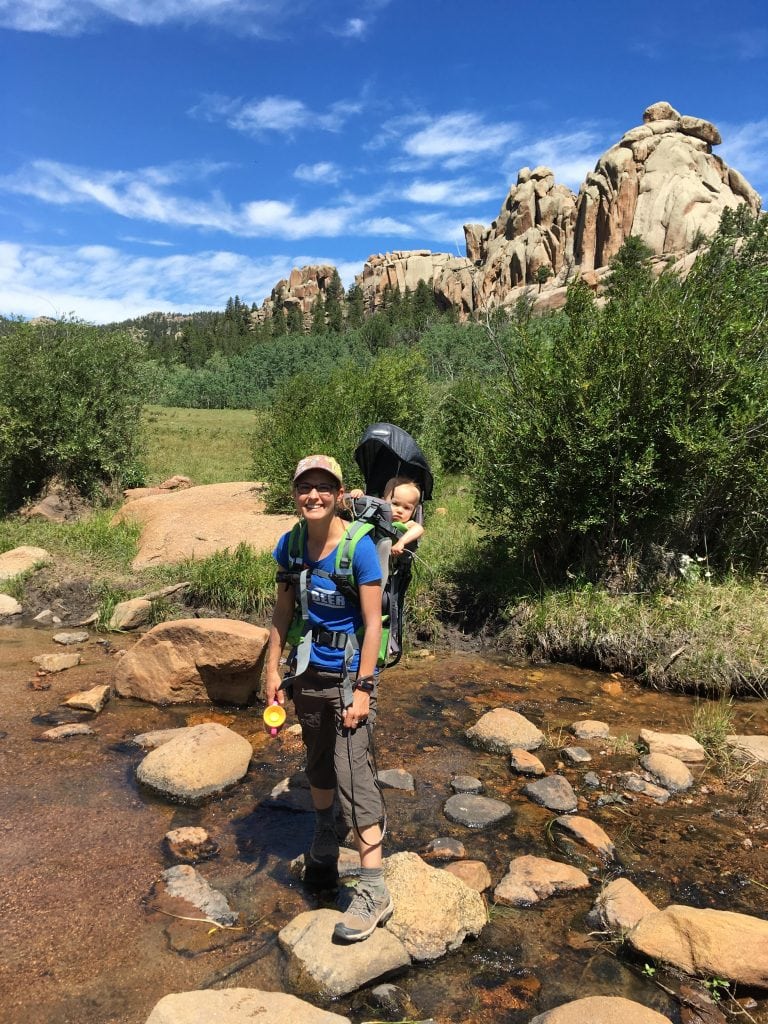Adventures in T1D: How to Camp With Diabetes
Managing your diabetes while you’re miles from civilization can be a challenge but here are tips to make camping easy and safe

Lifting the Shadow
When you are diagnosed with type 1 diabetes, it’s hard not to feel like a shadow has been cast over your life. Suddenly you’re exposed to the possibility of so many things going wrong.
It can be an isolating feeling.
Not just because it can drive you away from other people, but because it can drive you away from the activities you once loved.
This is true of many hobbies, but especially those that involve getting out into the great outdoors.
Being out in nature means being far from medical intervention and emergency supplies. This in itself can make something like camping seem like an unnecessary risk. Add to that the fact that you will be away from civilization for days on end, have limited room to carry extra supplies and be reliant on a cooler to keep your insulin safe, and you have a recipe for disaster.
But, with the right preparation and some handy tricks, camping with diabetes is more than possible. And given the healing power of nature and of taking a break from the tiring routine of day to day life, camping can be a powerful force against diabetes burnout and depression.
How to Prepare for a Camping Trip With Diabetes
Whether you used to camp all the time or you just want to try something new, camping as a person with diabetes takes a lot more preparation than it does for the average person. Not only do you have to remember all your normal diabetes supplies, but you have to figure out how to make your normal management routine work within the constraints of being out in nature.
Here are some pointers that have made camping easier for me. Some I have used from the beginning while others I’ve had to learn the hard way.
Find a Waterproof, Crushproof Insulin Case
Keeping your insulin cool is a must if you are going to be out for more than just a night. If you are tent camping and don’t have access to a fridge, a cooler is going to be your next best bet. I recommend using a hardshell case to keep your vials or pens protected from being crushed by the lid or the contents inside the cooler.
I typically stick my case in a ziplock bag and set it on top of the ice to keep everything dry, but a true dry bag will offer more protection.
If you’re backpacking, then your cooling options are much more limited. I have found luck using special cooling pouches made for insulin and other temperature-sensitive meds. These won’t keep your insulin at fridge temps, but they will definitely keep them from getting too warm, even on hot summer days.
My go-to is the Frio Cooling Case, which doesn’t require ice packs and can be used indefinitely as long as you have access to water.
Pack a Supply Bag With Extra Supplies
No matter how many times I camp, I always find myself and my stuff scattered after only a few days. So for me, packing all of my diabetes supplies in one separate bag is the only way to keep track of all that important equipment.
I always pack at least twice as much as I think I’ll need, just in case I run into road closures, bad weather, or anything else that might keep me out in the wild longer than intended.
Do keep in mind that test strips can be affected by extreme temperatures, so moving the bag as the sun and outside temps dictate, is a good idea.
Bring Simple Snacks and Plenty of Glucose
Finding yourself without insulin in the middle of a camping trip may mean the trip ends a little early, but it’s not likely to cause an emergency. But finding yourself without a quick-acting source of sugar could cause some serious problems.
I like to bring plenty of compact glucose products like tabs or powder that won’t take up much room but can still cover me for multiple lows a day, just in case.
Bring lightweight, easy to carry and eat snacks like granola bars and premeasured trail mix. These are another must for leveling out blood sugar between camp stove meals.
Just make sure all food is properly stored securely at night if you happen to be camping in bear country. Using a special odor-proof bag to store glucose tabs will allow you to keep sugar close at hand while you sleep without attracting any unwanted attention.

Prepack Your Hiking Pack
Even if you take the time to prepare for the camping trip itself, it’s easy to find yourself ill-prepared during day trips and hikes away from the campsite. To avoid forgetting anything while scrambling to get your bag packed for the day’s events, I recommend pre-packing a backpack to use during all activities away from camp.
In addition to plenty of snacks and glucose tabs, I usually include in my day pack a second meter, an extra couple of sets for my pump, and my glucagon emergency kit. I always make sure to include enough supplies so I don’t have to restock the pack at any point during the trip.
Consider Some Emergency Supplies
Depending on where you’re camping, how long you’ll be, and what amenities you have access to, you may want to consider bringing a few emergency supplies with you.
A glucagon emergency kit is a good idea, especially if you’ll be doing a lot of hiking. Just make sure your fellow campers know how to use it.
If you are on a pump, you may want to consider getting a lender pump from the manufacturer just in case yours dies. I personally wouldn’t go this far unless I was going on an extended backpacking trip. For the typical camping expedition, I just bring a back up vile of long-acting insulin and some syringes so I can switch to MDI if my pump fails.
Quick Checklist for Camping With Diabetes
- Insulin, including at least one extra vile/pen
- Cooling case or waterproof bag and cooler
- Pump or MDI supplies, twice as many as needed
- Backup pump or long-acting insulin and syringes
- CGM sets and other supplies, if needed
- Meters (at least 2) and test strips
- Batteries and chargers
- Glucose for treating lows
- Glucagon emergency kit
- Odor-proof bear bags
- Plenty of snacks
- Alcohol wipes
- Hand sanitizer
Leave Your Comfort Zone
Camping can be an intimidating challenge to take on if you aren’t used to managing your diabetes away from home, but it’s well worth it to break up the monotonous routine that many of us with T1D find ourselves in.
A camping trip into the great outdoors will provide you with a much-needed change of scenery and some healing fresh air.
This kind of self-supported trip is also a great way to prove to yourself that you can live with diabetes. And I mean really LIVE with it.